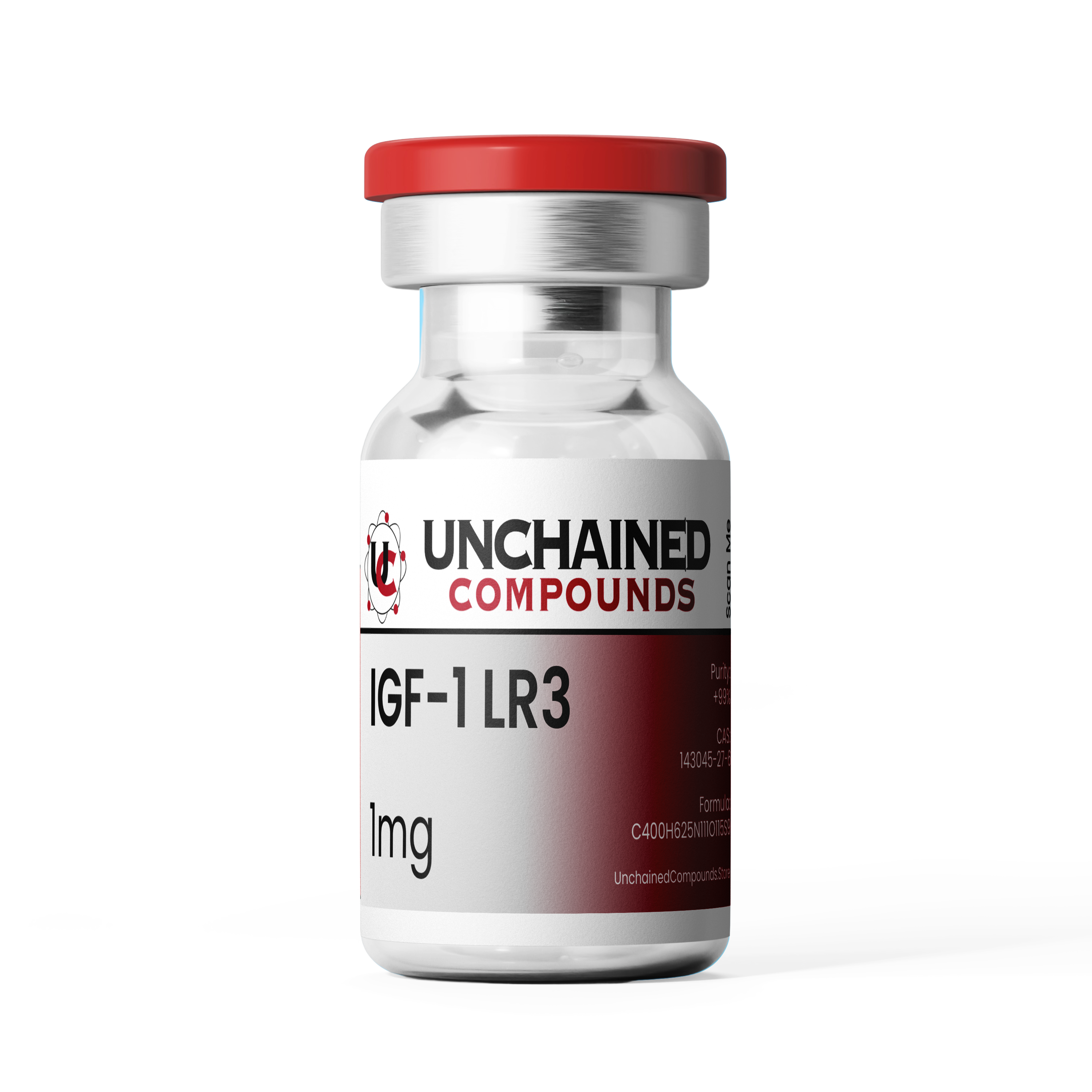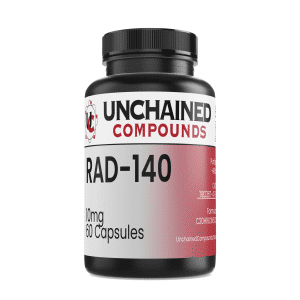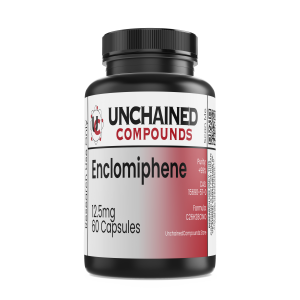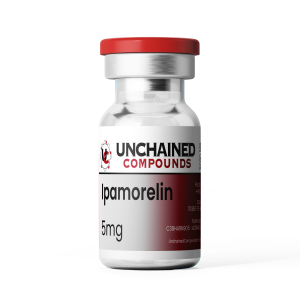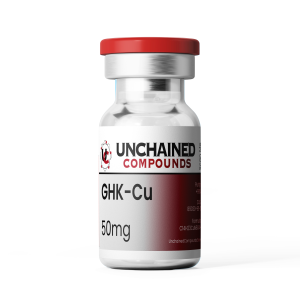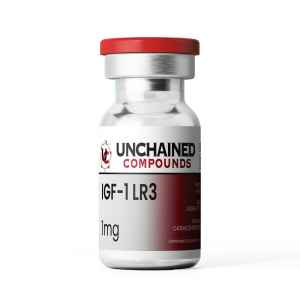Description




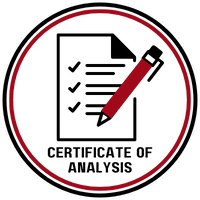

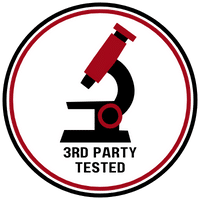
IGF1-LR3 (insulin-like growth factor-1 long arginine 3) is a synthetic, modified construct of insulin-like growth factor-1. Because IGF-1 LR3 does not bind to IGF-1 binding proteins very well, it remains active up to 120 times longer than standard IGF-1. This results in improved half-life for the peptide and thus increased activity. IGF-1 LR3 enhances cell division and growth, boosts fat metabolism, and increases muscle repair and hypertrophy by inhibiting myostatin. Recent research suggests that IGF-1 LR3 may also be useful in improving lactation among mothers with young offspring.
Specifications
- Chemical Formula: C400H625N111O115S9
- Molecular Mass: 9117.5g/mol
- Synonyms: AOD-9604; AOD 9604; AOD9604
- CAS Number: 946870-92-4
- PubChem: 381123731
- Total Amount of the Active Ingredient: 1 mg (1 vial)
- Shelf Life: 36 months
Research Studies
Action of long(R3)-insulin-like growth factor-1 on protein metabolism in beef heifers
Abstract
Insulin-like growth factor-1 (IGF-1) is perhaps the most important endogenous factor controlling growth. Most studies to date in livestock have shown that IGF-1 has greatest efficacy when animals are in a catabolic state. We have determined the effects of an i.v. infusion of the IGF-1 analog Long(R3)-IGF-1 on protein metabolism in beef heifers that were slowly losing liveweight because of restricted feeding. There was a tendency for both whole-body protein and skeletal muscle protein to be conserved in Long(R3)-IGF-1-treated heifers. Long(R3)-IGF-1 administration markedly reduced the plasma concentrations of all amino acids measured and glucose. There was a significant change in the profile differences of endogenous plasma IGF-1 concentrations during the 8-hr infusion period, with plasma IGF-1 decreasing sharply in the test group. There was a significant difference in mean profiles for plasma IGF-2 between the test and control groups. Overall, plasma IGF-2 for the control group decreased only slightly over time (about 40 ng/ml), whereas the test group decreased dramatically (by about 140 ng/ml). Increased plasma concentrations of a 31-32-kDa IGF-binding protein (possibly IGF-binding protein-1) in the treated group was detected by radioligand blot. We found that Long(R3)-IGF-1 infusion tended to preserve whole-body and muscle protein in beef heifers on a low-quality diet, and suggest that further investigation of this treatment may provide an alternative approach to reducing weight loss during the dry season.
Abstract
In the present study, porcine growth hormone (pGH) and LongR(3)IGF-I (LR(3)IGF-I), a potent analogue of IGF-I, were infused continuously into 430-g guinea pigs for 7 days, either alone or in combination, to examine whether pGH can counteract the reduction in circulating IGF-I concentrations induced by LR(3)IGF-I administration. The pGH and LR(3)IGF-I were infused at rates of 400 microg/day (0.93 mg/kg/day) and 120 microg/day (0.28 mg/kg/day), respectively, by miniosmotic pumps. The same doses were infused in the combination treatment. During the first day of treatment, animals lost between 2 and 3% of body weight. Cumulative body weight gains as a percentage of initial body weight were significantly (P < 0.001) increased relative to vehicle-treated controls by the LR(3)IGF-I, pGH, and combination treatments when effects were analyzed across the whole 7-day treatment period. The increased weight gains relative to controls were largely made on day 2, but these gains were not associated with increased water or feed intakes, indicating that pGH and LR(3)IGF-I improved feed conversion efficiency. LR(3)IGF-I alone or in combination with pGH significantly increased the fractional weight of kidneys at the end of the 7-day treatment period, whereas LR(3)IGF-I alone increased the fractional weight of spleens. Concentrations of IGF-I in serum collected after 7 days of treatment were decreased by LR(3)IGF-I, but this decrease was not ameliorated by coinfusion with pGH. GH alone did not have any effects on IGF-I concentration. This study suggests that pGH does not have a strong influence on circulating IGF-I concentrations in the guinea pig. We have also demonstrated that pGH and LR(3)IGF-I are capable of enhancing the recovery of body weight lost in response to surgery in the guinea pig.
Abstract
Insulin-like growth factor-I (IGF-I) is known to have anabolic effects in freely fed rats. We have investigated the ability of infused LR(3)IGF-I, an analogue of IGF-I, to attenuate the loss of lean tissue due to food restriction in young (5 weeks) and adult (12 weeks) rats. Groups of rats received food at 100%, 78%, 56% or 33% of ad libitum levels. Within each nutrition group the rats were continuously infused with LR(3)IGF-I at (98 nmol/day)/kg body weight or vehicle for 7 days. At each level of food intake, rats infused with LR(3)IGF-I maintained higher body weight (around 3-8%;P< 0.001) and nitrogen retention (P< 0.001) than those infused with vehicle alone but muscle protein was not conserved. LR(3)IGF-I infusion increased fat loss only in young rats (P< 0.05) despite a reduction in plasma insulin levels in both age groups (P< 0.01). Muscle protein turnover rates were unaffected by LR(3)IGF-I in young rats. In adult rats LR(3)IGF-I exacerbated the effects of food restriction through increased rates of protein breakdown, reduced RNA content and reduced rates of protein synthesis (P< 0.05) despite their larger fat reserves. Although young and adult rats show differing metabolic responses, we conclude that infusion of LR(3)IGF-I to either group during short-term food restriction does not ameliorate the loss of lean tissue by allowing more efficient utilization and/or partitioning of nutrients.
Disclaimer
The information provided above is not intended to substitute medical advice, diagnosis, or treatment. Should you have any questions regarding a medical condition, seek the advice of your physician or a qualified healthcare provider. In no case should medical advice be disregarded or delayed because of what you have read or seen. We bear no responsibility or liability for your use of any of our research compounds and products. Please note that they are being sold for research purposes ONLY. We do NOT condone any personal use.
NOTE: In some cases wherein the assigned top colors are out of stock, a different top color will be used to ensure that your order will not be delayed. Should you need assistance identifying the peptide vial that you received, please send us an email at support@unchainedcompounds.store
ALL ARTICLES AND PRODUCT INFORMATION PROVIDED ON THIS WEBSITE ARE FOR INFORMATIONAL AND EDUCATIONAL PURPOSES ONLY.
The products offered on this website are intended for in-vitro studies only. In-vitro studies (Latin: “in glass”) are performed outside the body. These products are not medicines or drugs and have not been approved by the FDA to prevent, treat, or cure any medical condition, ailment, or disease. Bodily introduction of any kind into humans or animals is strictly forbidden by law.


